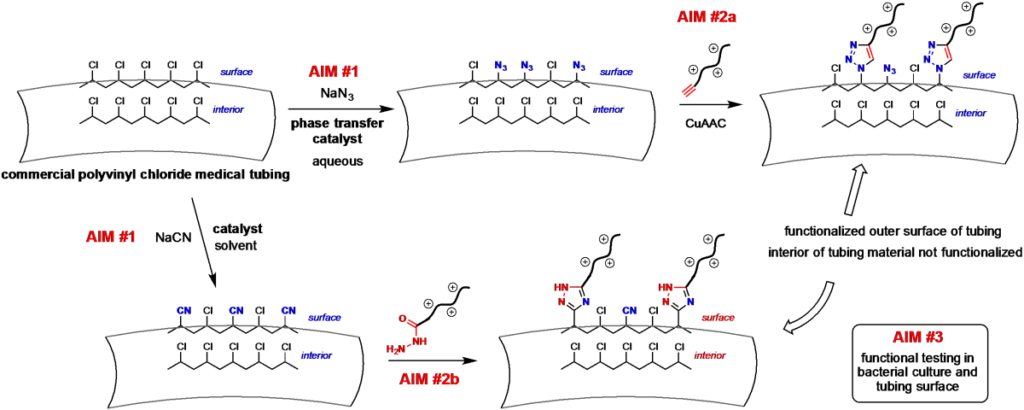
email
mgfinn@gatech.edu
This is half of an effort originally funded under the title “Programmed Immune Response and Avoidance with Virus-Like Nanoparticles.” We pivoted…
PI
M.G. Finn & Keiko Tarquinio
Publications
Kalelkar, P., Geng, Z., Finn, M.G., Collard, D., “Azide-Substitute Polylactide: A Biodegradable Substrate for Antimicrobial Materials via Click Chemistry Attachment of Quaternary Ammonium Groups”, Biomacromolecules 2019 20 (9), 3366-3374. DOI: 10.1021/acs.biomac.9b00504.
Research Area

